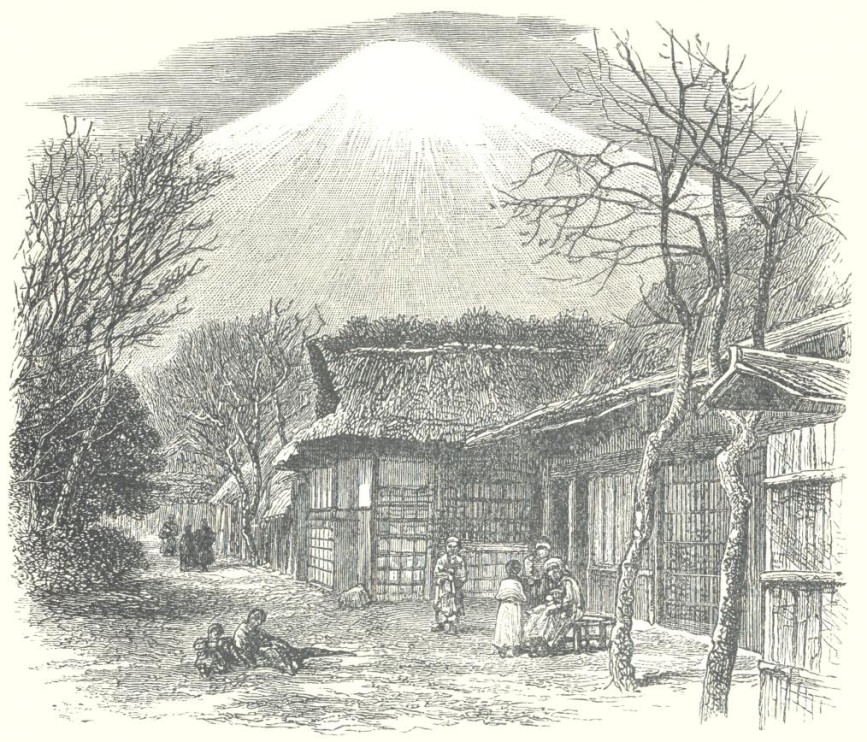Kaga no Chiyo (1703-1775) is regarded as one of the masters of the haiku. I first encountered translations of her poetic works in “The Classic Tradition of Haiku” – an anthology put together by Faubion Bowers. Kaga no Chiyo’s haikus betray her remarkable aesthetic sensibilities, especially in using the seasons to express meaningful sentiments. In this article, I review and reprint a Kaga no Chiyo haiku wherein she uses the transition to autumn to describe the feeling of unrequited love.

The haiku I am using is drawn from the Kindle edition of “The Classic Tradition of Haiku” by Faubion Bowers, who edited and annotated the collection. Mr. Bowers notably served as Douglas MacArthur’s personal translator during the Allied occupation of Japan. The haiku that I will discuss in this article was translated by Janice Brown, who was a professor of Japanese at the University of Alberta. Because I can neither read nor speak Japanese, I cannot compare Ms. Brown’s translation and Mr. Bowers’s commentary to the original text. I can say, however, that all of the translations in the haiku collection read quite well in English, and Mr. Bowers’s notes on the poems add valuable context for readers.
Kaga no Chiyo’s on Autumn and Unrequited Love
Kaga no Chiyo used the changing weather in autumn to describe unrequited love in a lovely haiku. Mr. Bowers’s book first reprints the haiku in its original Japanese.
somekanete / kaya yama momiji / kata omoi
Then, Mr. Bowers provided Ms. Brown’s English-language translation of Kaga no Chiyo’s haiku:
No autumn colors tint that side of the mountain: a one-sided love
In a footnote, Mr. Bowers offered additional context about Kaga no Chiyo’s short poem on unrequited love:
The frost of autumn has not yet tinted the leaves on the sunny, unsheltered side of the mountain. Her description of unrequited love.
Fabian Bowers on Kaga no Chiyo’s haiku
Citation
Bowers, Faubion (Editor). "The Classic Tradition of Haiku: An Anthology." New York: Dover, 1996. Kindle. (Loc. 1137)
Discussion on Kaga no Chiyo’s Autumnal Unrequited Love Haiku
Although I use this poem for the end of autumn, its motif more invokes the beginning of autumn insofar as it refers to the idea of the lower temperatures not yet reaching one side of a mountain. Because the poem uses autumn metaphorically, however, we can be flexible.
This haiku suggests a certain viridity representing the unrequited lover’s love. So long as the unrequited lover’s love remains true, the sun shines brightly on one side of the mountain. The leaves of the lover’s affection remain virid, notwithstanding the frosty reception awaiting them. Whether this is because of the purity of the unrequited lover’s love, or because he or she has not yet given up hope, is perhaps beyond the scope of Kaga no Chiyo’s autumnal snapshot. In the former case, I suppose that it would be possible for the unrequited lover’s love to never be touched by the changing seasons, to be perennially virid. I could not pass up the chance to slip our site slogan in here.
Much ink has been spilled in different fields on the subject unrequited love. Little of the voluminous literature on the subject paints as verdant a scene as Kaga no Chiyo did in 17 syllables in her haiku.
Farewell to Autumn
Unrequited love aside, the autumnal colors are giving way to barren trees here in the Northeast United States. Since much of Kaga no Chiyo’s native Japan has a similar climate, I do not suppose that it is much different in the far East. But while winter prepares its frigid embrace, we need not forget autumn. While the leaves of autumn inclined toward red, golden, and brown, the sentiments of the season, similarly to the other seasons, remain perennially virid.
September 21, 2022 Update: I made minor changes to the wording of the introduction of this article. The content of the post itself was not substantively changed.